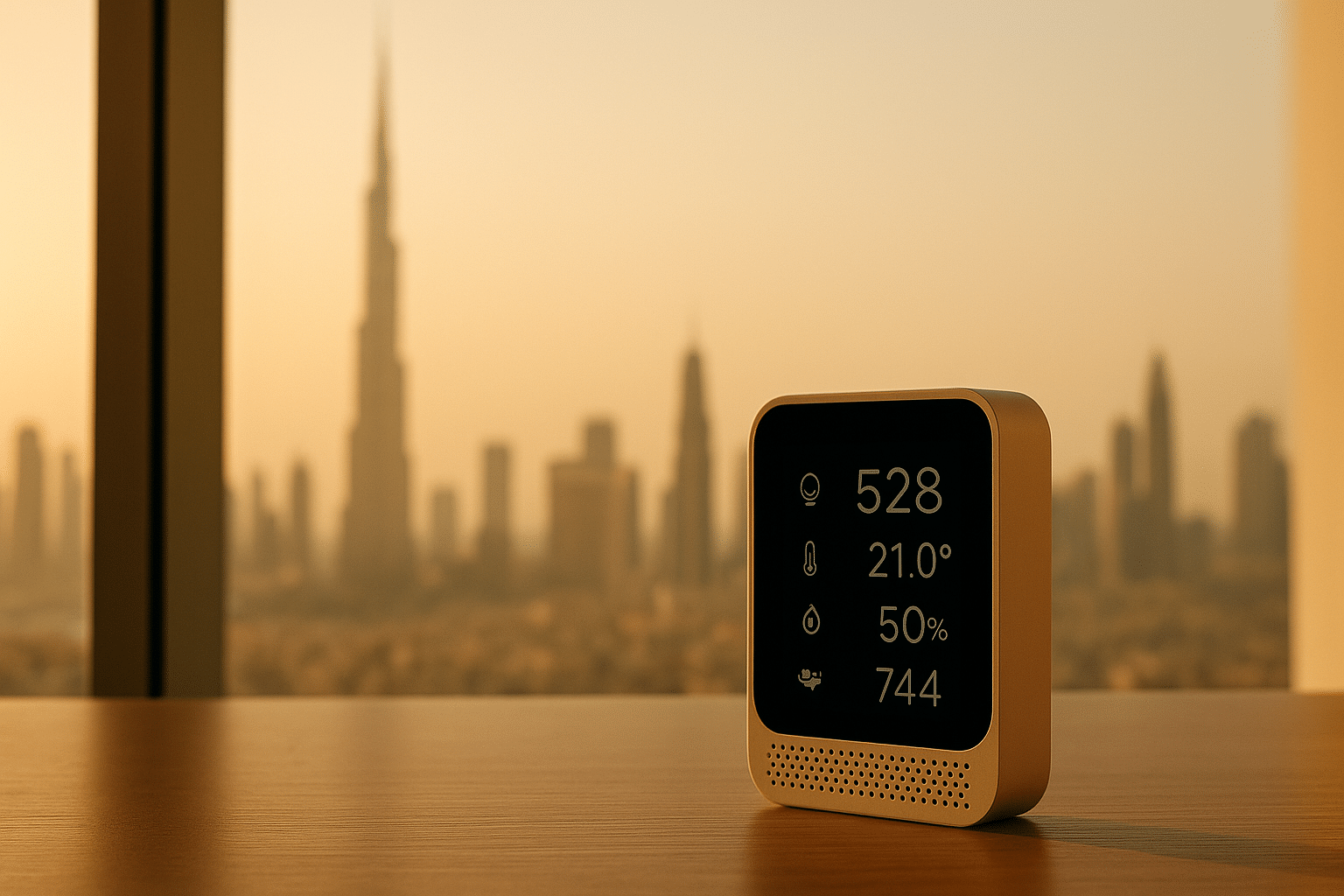
The Symbiosis of Architectural Design and Indoor Health
In the realm of modern architecture, the connection between thoughtful design and occupant well-being has never been more apparent. As we spend increasingly more time indoors, the importance of creating spaces that not only look aesthetically pleasing but also promote health and wellness has become paramount. This article explores the intricate relationship between sound architectural design principles and the cultivation of a healthy indoor environment, with a particular focus on humidity control, ventilation, and material selection.
The Foundation of Healthy Architecture
At its core, architecture that prioritizes health begins with a holistic approach to design. This means considering not just the visual appeal of a space, but how it will impact the physical and mental state of its occupants. Key elements such as natural light, air quality, acoustic comfort, and ergonomic design all play crucial roles in creating a healthy indoor environment.
Harnessing Natural Light
One of the most significant factors in promoting well-being through architecture is the strategic use of natural light. Ample daylight exposure has been linked to improved mood, increased productivity, and better sleep patterns. Architects can incorporate large windows, skylights, and light wells to maximize natural illumination. Additionally, the placement of reflective surfaces and the use of light-colored materials can help distribute daylight more effectively throughout interior spaces.
Breathing Easy: Indoor Air Quality and Ventilation
The quality of air we breathe indoors has a direct impact on our health. Poor air quality can lead to a range of issues, from minor irritations to serious respiratory problems. Architects can address this by designing proper ventilation systems, selecting low-emission building materials, and incorporating natural ventilation strategies.
Proper Ventilation and Circulation
- Ensure adequate fresh air supply through mechanical ventilation systems, especially in airtight buildings.
- Use exhaust fans in bathrooms and kitchens to remove moisture and pollutants.
- Consider energy recovery ventilation systems to precondition incoming air.
- Open windows when possible to promote natural ventilation and air exchange.
- Use fans strategically to improve air circulation throughout spaces.
- Biophilic design elements, such as indoor plants and living walls, can also contribute to improved air quality while adding visual appeal.
Controlling Humidity and Moisture
Maintaining appropriate humidity levels is crucial for a healthy indoor environment. Excess moisture can lead to mold growth and other health issues, while overly dry air can cause discomfort and respiratory problems.
Key Strategies for Humidity Control
- Maintain indoor relative humidity between 30-50%, ideally below 60%, to prevent mold growth and improve comfort.
- Use dehumidifiers or air conditioning to remove excess moisture, especially in humid climates.
- Address sources of moisture like leaks, wet basements, and standing water.
- Fully insulate cold water pipes, refrigerant lines, and air ducts to prevent condensation.
- Use vapor barriers in walls and under floors in high moisture areas.
The Sound of Silence: Acoustic Design
Noise pollution is often an overlooked aspect of indoor health, but it can significantly affect stress levels and cognitive function. Sound architectural design takes into account acoustic comfort by incorporating noise-reducing materials, strategic space planning to separate noisy areas from quiet zones, and the use of sound-absorbing surfaces. In open-plan spaces, acoustic panels and carefully placed barriers can help create a more pleasant auditory environment.
Ergonomics and Movement
A healthy indoor environment encourages movement and supports proper ergonomics. Architects can design spaces that promote physical activity by creating inviting staircases, incorporating standing desks, and providing areas for stretching or light exercise. The layout of a space can also be optimized to reduce strain on the body during daily activities, whether in a home, office, or public building.
Material Matters
The selection of building materials plays a crucial role in indoor health. Non-toxic, sustainable materials not only contribute to better air quality but also create a more harmonious environment. Natural materials like wood and stone can add warmth and texture while potentially offering health benefits such as stress reduction and improved indoor air quality.
Appropriate Building Materials
- Choose low-VOC emitting materials for paints, adhesives, flooring, etc. to reduce indoor air pollutants.
- Use mold and moisture-resistant materials like certain types of drywall and flooring.
- Consider natural materials like bamboo, cork, and wool that have beneficial properties for indoor air quality.
- Clay-based materials can help absorb pollutants and regulate humidity.
- Be cautious of some “green” materials that may still contain pollutants like formaldehyde.
Flexibility and Adaptability
A truly healthy indoor environment is one that can adapt to changing needs. Flexible design allows spaces to be reconfigured easily, accommodating different activities and preferences. This adaptability can help reduce stress and increase satisfaction among occupants, as they have more control over their environment.
The Role of Technology
Smart building technologies can enhance the health benefits of good architectural design. Automated systems for lighting, temperature control, and air quality monitoring can optimize the indoor environment in real-time, responding to occupant needs and external conditions.
Additional Considerations
- Proper building envelope design and insulation to prevent moisture issues.
- Regular maintenance of HVAC systems and building materials.
- Monitor indoor air quality and humidity levels.
- Address any water damage or mold growth promptly.
- Consider the specific climate and building use when selecting materials and ventilation strategies.
Conclusion
The link between architectural design and indoor health is clear and undeniable. By prioritizing elements that contribute to physical and mental well-being, such as proper humidity control, ventilation, and material selection, architects can create spaces that not only look good but also feel good to inhabit. As our understanding of the impact of our built environment on health continues to grow, the integration of health-promoting features in architectural design will become not just a trend, but a fundamental aspect of responsible and forward-thinking design practice.
In the end, the goal of architecture should be to create spaces that enhance the quality of life for those who use them. By focusing on the health and well-being of occupants, architects can design buildings that are not just structures, but nurturing environments that support and enrich human life.
JV de Castro, IAC2
JV de Castro is the Chief Technology Officer at Saniservice, where he leads innovation in indoor environmental sciences, IT infrastructure, and digital transformation. With over 20 years of experience spanning architecture, building science, technology management, digital media architecture, and consultancy, he has helped organizations optimize operations through smart solutions and forward-thinking strategies. JV holds a Degree in Architecture, a Masters of Research in Anthropology, an MBA in Digital Communication & Media, along with certifications in mold, building sciences and advanced networking. Passionate about combining technology, health, and sustainability, he continues to drive initiatives that bridge science, IT, and business impact.







Leave a Reply